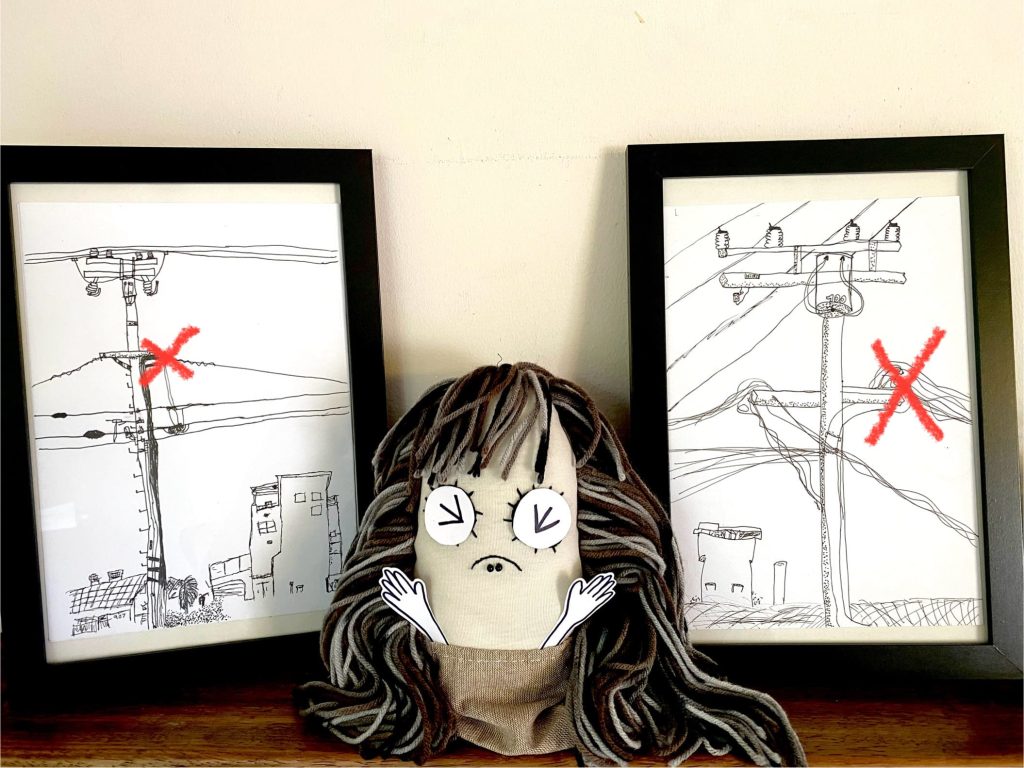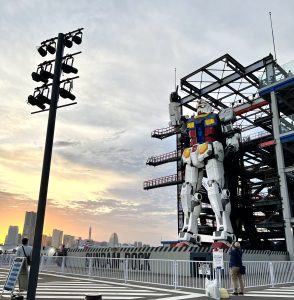
Can you imagine needing to use your long-term stockpile?
No one can predict when we will need our long-term stockpile.
It’s difficult to know exactly, but I want to know roughly how much food I’ll need…
Is there a way to avoid wasting food?
When you imagine a long-term emergency, what do you think of? I don’t mean to belittle anyone’s suffering, but we’re not talking about mere earthquakes or hurricanes. Tornadoes spin up frequently, volcanos erupt, wildfires rage, but none of these are long-term emergencies. These disasters can be serious, but they are typically localized, and people can usually get help within a few days to a week. So what exactly qualifies as a long-term emergency? Under what circumstances would we need to start using our long-term stockpile?
The long-term emergency
will be a war, major climate disaster, nuclear winter, giant meteorite, food crisis, or something major along those lines.
If such an event happens, do not expect immediate support from the government. We will have to survive by ourselves.
We might feel that there’s no end in sight.
⚠️
Don’t be scared. Be ready.
A long-term emergency is one that involves widespread economic and societal collapse, where basic infrastructure and supply chains no longer function, and critical resources become scarce, indefinitely.
Imagine nuclear armageddon and the ensuing nuclear winter.
Imagine a volcanic eruption large enough to cause a volcanic winter and years of global crop failures.
Imagine an impact event, today, from a meteorite or a comet, like the one that purportedly killed off the dinosaurs.
Imagine a deadly pandemic. A massive solar flare. A zombie apocalypse. War.
In a global crises, where food is scarce, we will be at the end of our rope. Don’t be scared. Be ready. People who visit my blog still have time to prepare. My heart goes out to people who are in the middle of a crisis, right now, who are living on the edge of death.
And that is the point. When we are living on the edge of death, that is when we really need the food from our long-term stockpile. That is when we will say to ourselves, “I’m glad I had it!” It’s not fancy food, but it could mean the difference between life and death.
“But wait a minute,” I hear you say, “there might not be any major disasters! What if I spend all this time and money putting together my long-term stockpile and nothing bad happens?” Well, then consider yourself lucky. But the question you should ask instead is: “What if something bad happens and I didn’t prepare anything?” Wouldn’t that be much worse? It’s true, we don’t know what’s going to happen. All our preparations might be for naught, our efforts wasted. And if something bad does happen, we don’t know how big it will be or how bad. Even thought we worked hard to prepare for unexpected emergencies, we might waste everything we prepared.

It would be better to think “I can have this much food for my long-term stockpile” rather than “I must have this amount of food!!” In other words, set your own limits and goals based on your circumstances. Don’t force yourself to do anything, and don’t go overboard. But if you really need an amount — this is just a rough guideline — you can start by preparing 3 weeks of food (from the survival rule of 3’s, blog post #2).
Remember, the food in our long-term stockpile won’t last forever. Once we start dipping into it (let’s hope we never have to), we must figure out how to survive without it, as quickly and sustainably as possible.
I am going to tell you my plan for producing food quickly, in a future post, but please put some thought into how you would do it.

Wish: Please, Gundam, help us!
See you next time.
Remember, “Protect your life by yourself” (自分の命は自分で守る). You need to survive first, and then you need your emergency supply. No matter how well you prepared your emergency supplies, if you die, then all of your preparations will have been for nothing. First and foremost, keep your health up all the time. Build your stamina so that if you need to, you can evacuate as quickly as possible. Stay healthy.